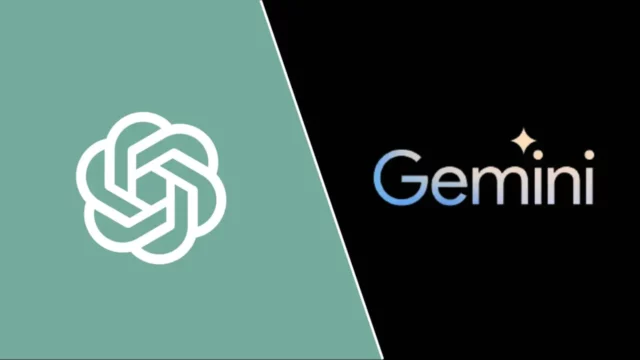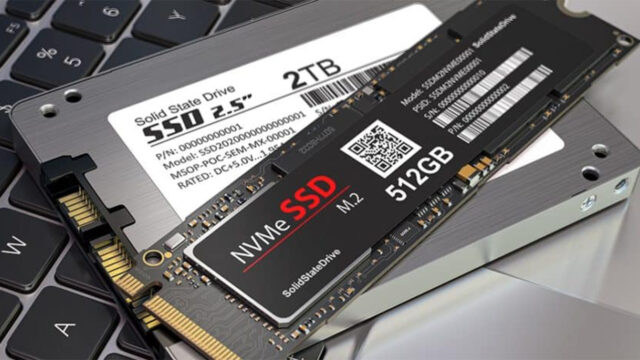NASA has released a new animation that offers an exciting look into the mysterious world of black holes. The fact that black holes are a mystery in themselves is well established, and this animation tries to introduce new ideas. The mystery of black holes also poses additional challenges for astrophysicists.
First look inside a black hole with NASA’s new video
Therefore, they are forced to theorize and predict what lies beyond these mysterious objects. NASA researchers take these theories a step further by creating a new animation that takes the viewer inside a black hole, providing a glimpse into the mysterious world of black holes.
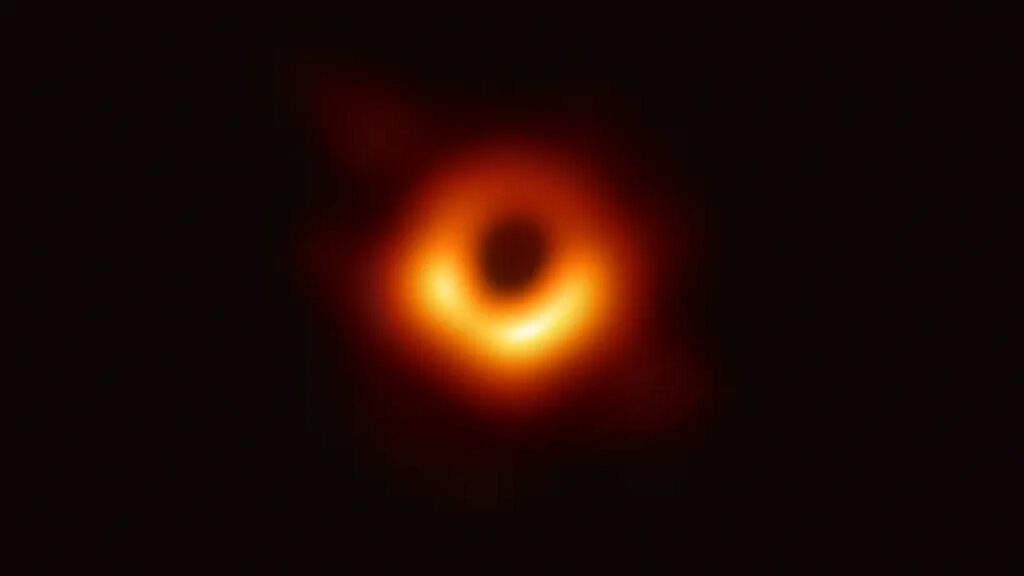
Black holes are known as the most dense objects in the universe. It is already a known fact that light cannot escape the event horizon of black holes. This is because these objects have a very intense gravitational pull. At the border of the black hole, there is a circle made of superheated material drawn into the surroundings of the black hole, brightly colored in orange and yellow, known as the accretion disk.
From time to time, some parts of the accretion disk fall into the black hole, causing flares that astronomers can observe and document. NASA’s new animation reminds of the memorable scene in the movie Interstellar, where the main character dives into a black hole.
The main character of this new animation represents a massive black hole 4.3 million times the mass of the Sun. Astrophysicist Jeremy Schnittman from NASA’s Goddard Space Flight Center, the creator of the animation, said, “I simulated two scenarios: one where a camera barely misses the event horizon and comes back out, and another where it crosses the boundary and meets its fate.”
The animation shows the camera starting about 400 million miles away from the black hole and as the viewer gets closer, everything becomes increasingly distorted due to the bending of time and space by the black hole. After passing the event horizon, the viewer becomes “spaghettified” (stretched like spaghetti) in less than 13 seconds.
NASA’s black hole visualization offers a new dimension in understanding and attempting to comprehend the complex physics of black holes. Such visual representations become a significant source of interest for enthusiasts and scientists eager to unravel the mysteries of black holes. What contributions can such visual experiments make to astrophysical research? Feel free to share your thoughts with us.


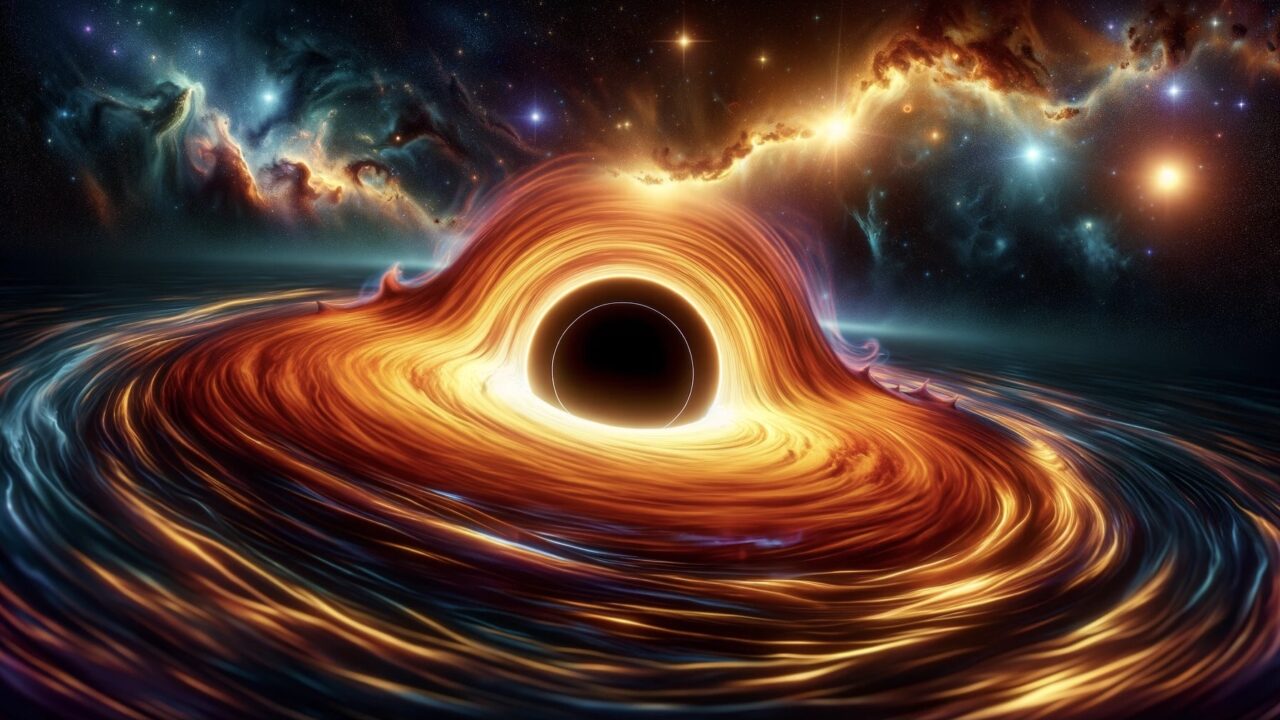
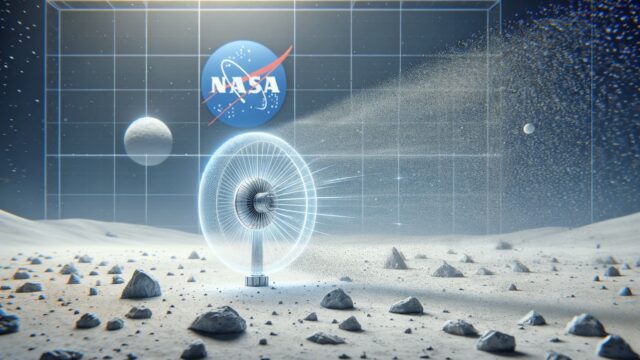
 Shiftdelete.net
Shiftdelete.net
